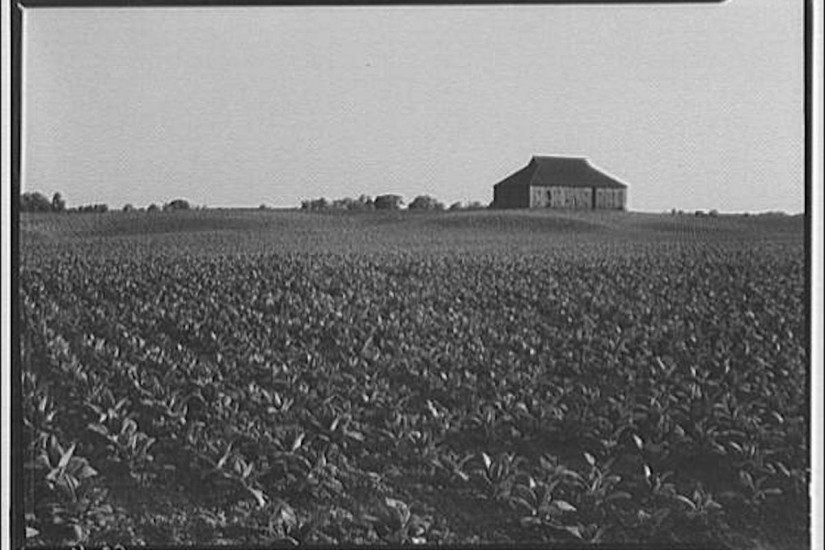Especially because Americans of color have borne the brunt of the drug war, they deserve to share in the marijuana boom now taking hold across the country. And if America’s long history with another smokable intoxicant—tobacco—is any guide, government rules will decide who can profit from growing the crop. At the moment, though, those rules favor well-connected corporate growers rather than independent farmers, much less independent farmers of color.
Eleven states and the District of Columbia have fully legalized recreational pot, and 15 states have decriminalized it. The drug can be used medicinally in 33 states. Nearly two-thirds of Americans now believe that marijuana use should be legal, and not all of them use it. For millions, the case for legalization rests on social-justice grounds. Revulsion against an expensive and racist drug war—in which black people have been nearly four times as likely as white people to be arrested for marijuana possession, despite similar usage rates—has been a significant force toward reform.
Making up for the brutal inequalities of the drug war should be a major goal of marijuana reformers—but so far, the reality isn’t working out that way.
Each state that reforms its marijuana laws must decide how it will allocate production rights. Right now, states severely restrict the number of licenses awarded to cannabis growers, ensuring corporate domination of the industry. In New York, where medical marijuana is legal, just 10 companies own licenses to cultivate and dispense marijuana. Competition is fierce over the licenses, which can sell for tens of millions of dollars—even before an ounce of marijuana is sold. For this reason, licenses tend to go to well-financed pot conglomerates that own cultivation facilities in multiple states.
That outcome should not come as a surprise. A federally supported program set rules for tobacco growers from the Great Depression until early this century. Its history suggests that production regulations, when done right, can be a powerful tool to spread wealth—but also that, when done wrong, they are a highly efficient way of excluding people from an industry.
Much like today’s marijuana regulators, the tobacco program inaugurated during the New Deal also instituted a licensure system. Not anyone could just move to North Carolina or Kentucky and start selling tobacco. A farmer needed approval from the U.S. Department of Agriculture. That approval came in the form of a tobacco quota—the right to produce a certain amount of tobacco for which a farmer would receive a guaranteed minimum price. The specifics changed over its 70-year history, but the essence of the federal tobacco program was simple: A balance between supply and demand could be achieved with a limited number of farmers producing a limited amount of tobacco.
The architects of this system intended it to protect a privileged group of Americans: white farmers. Concentrated in the South, where Democratic representatives in Congress were crucial to Franklin D. Roosevelt’s New Deal coalition, tobacco farmers were of particular concern to policy makers. Quotas were set on a yearly basis based on USDA estimates of domestic and export demand. But they were rooted in historical production patterns, essentially locking in inherited wealth, excluding black sharecroppers and poor white tenants from this program benefit. Quotas were a government-created piece of property—property that licensed owners to engage in a productive activity, selling tobacco, that the government also subsidized. Although quota formulations were rejiggered over the years, the biases present in their formulation continued
